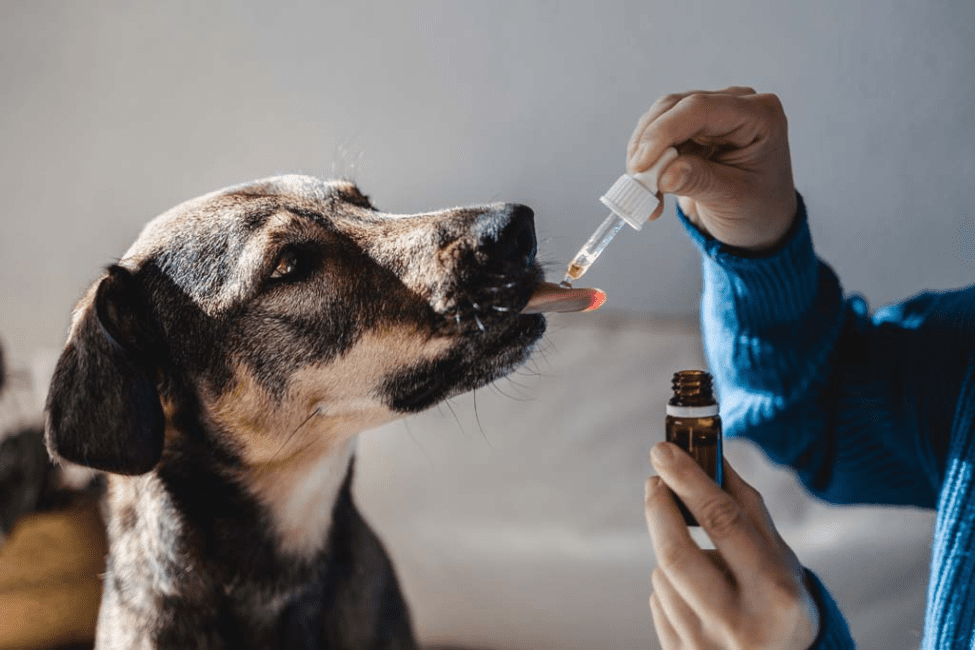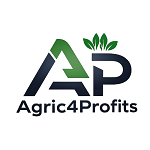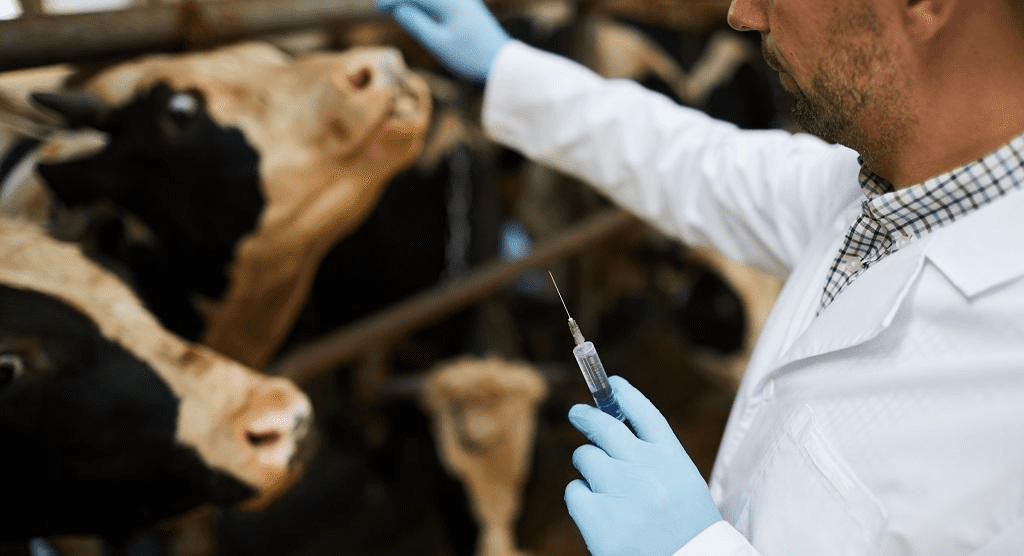The state or condition of an animal or group of animals to large extent determines how it reacts to the presence of an infectious agent. An infectious agent is a disease causing microorganism such as a bacteria, virus etc.
Healthy animals can withstand or offer some resistance to infectious agents. However, stress (physical, nutritional or otherwise) decreases the ability of animals to resist infectious agents or other disease-causing parasites.
In animal production, it is important to ensure that animals are in relatively healthy state or conditions at all times. This also helps to ensure maximum return on investment in commercial farms and keeping the animals safe.
In order for an animal to come down with a disease, certain factors must be present. These factors are conditions which enable an infection to be established or support the development and/or multiplication of disease causing microorganisms or parasites.
The factors that influence the health status of animals are many; some can be controlled while others are not.
These may be classified as environmental and management factors. These factors vary in their degree of importance with respect to different diseases.
This article will discuss the factors that affect the health status of animals and how these factors contribute to causing or reducing disease conditions of animals.
Read Also: Guideline to Proper Animal Feed Storage and Methods
1. Environmental Factors
These factors which are physical in nature influence the health status of animals to varying degrees and they cannot be controlled on the field.
They can however, be controlled in an animal facility depending on the sophistication of the facility and the species of livestock. These factors are:
Temperature – Animals have the ability to withstand severe temperatures but this will significantly affect productivity if the exposure is for a long period. This is because the animal will become stressed and stress increases susceptibility to disease.
Humidity– High humidity will promote the growth of certain microorganisms like fungus whereas too low a humidity will result in irritation of the mucous membrane.
Humidity is important in poultry since they do not have sweat glands and heat is lost through the respiratory tract.
Solar radiation – This also plays a role in increasing the heat load on an animal. This takes on special importance in hot humid zones with the importation of exotic animals or use of exotic semen from temperate countries to upgrade indigenous livestock breeds.
Solar radiation can be a problem in animals without pigmentation. However, the effect of radiation can be minimized by the shaded areas or pens.
Air movement – The extent of air movement can help in heat loss through evaporation and conduction/convention. Air circulation assists in the supply of fresh air and removal of toxic air.
Rain– Heavy rainfall can result in excessive cooling for animals and/or marshy conditions where animals are kept. This can predispose animals to conditions such as footrot in ruminants. Provision of shelter and good flooring with drainage is the method to guide against this problem.
Climate/Season – In addition to the environmental factors mentioned above, the climate or season the year can influence the health status of an animal by having a bearing on the infectious agents or parasites that predominate at any particular time.
For example, helminth infections are common during the rainy season. This is because temperature and moisture to large extent determines the ability of a parasite to survive outside the host.

2. Management Factors
Hygiene – Good hygienic practices area good means of reducing disease risk within a herd or flock. Simple procedures such as cleaning of the where the animals stay or changing of bedding/flooring can help reduce the degree contamination or parasitism.
Cleaning removes faeces and thus disturbs the normal environment of disease-causing agents such as gastrointestinal parasites by preventing them from completing their life cycle. It is important that feed/water sources are not contaminated.
Read Also: Method of Animal Feed Evaluation and its Relevance
Nutrition – Adequate feeding of all classes of livestock is important in order to increase disease resistance and achieve maximum production.
Poor nutrition leads to poor health. Because of the poor feed resource base for livestock occasioned by the seasonal feed shortage, grazing livestock experience exacerbated condition when exposed to infectious agents.
It is therefore necessary to provide supplemental feeding to livestock especially during the dry season. For poultry and other classes of livestock, the high cost of feed ingredients can lead to the compounding of feeds low in nutrients.
Type of livestock housing – Different categories of people use different housing types and different methods to raise livestock depending on the species, resource availability and level of education.
The particular housing system and method of raising the animals can influence the rate and severity of an infection especially with parasitic infections.
For ruminants, animals that are housed or confined where pasture growth is suppressed or flooring is intact, and feeding/watering troughs are kept above the floor will be at lower risk of diseases of gastrointestinal parasitism.
Here, absence of pasture makes the environment not conducive for parasite multiplication. For animals on pasture, the level of pasture contamination depends on factors like concentration of animals, duration of time spent by animals on the pasture, climate or weather condition among others.
It is important that the choice of housing and method of raising livestock be such that it decreases the risk of infection or enhances the health status of animals.
3. Ecology/Pest and Wildlife
Most parasites that transmit diseases utilize intermediate host to complete their life cycle. This intermediate host can be a pest or wildlife. It is therefore essential not unnecessarily expose livestock to pest and wildlife.
This is problem with ruminant owned by nomads as close contact between these animals and wildlife leads to exchange of parasites.
4. Introduction of New Animals / Animal Number
There always exists the risk of introducing new parasites into a herd or flock when adding new animals to a herd. This can be problem where replacement animals are bought from the open market or neighbours farm.
Any new animal to be added to an existing stock should be quarantined and treated appropriately before addition. The ease and risk disease transmission increases with increase in animal numbers.
Increase in animal numbers increases contact between animals and consequently ease of transmission.
An increase in animal numbers can also lead to an increase in accumulation of faeces within confined areas and this not good for endo-parasitism except where insecticidal ear tags are used.
In poultry, it is advisable to always clean and disinfect houses before bringing new birds or allowing the house/pen to be empty for some time.
Read Also: Waste Characterization and Analysis

